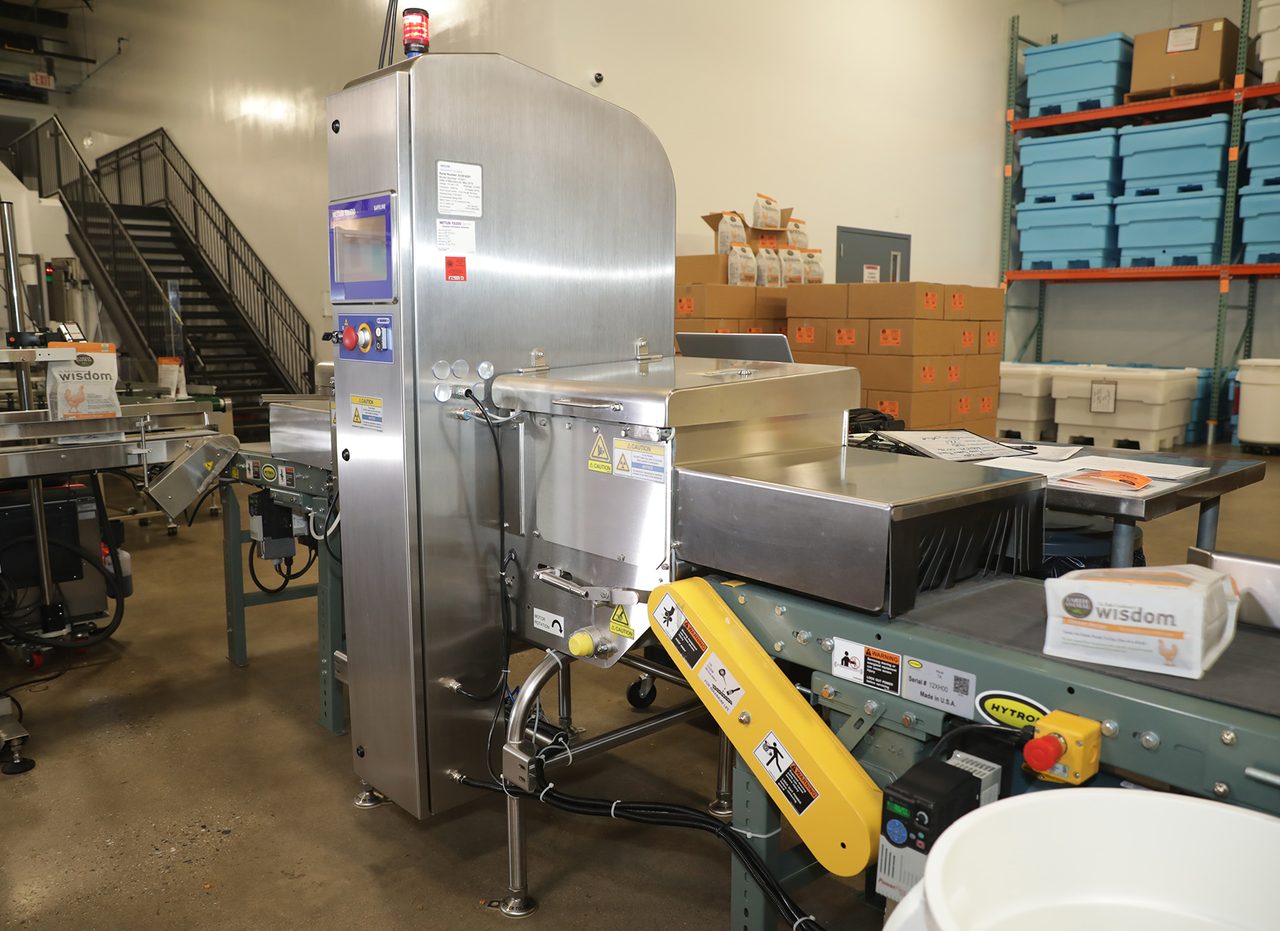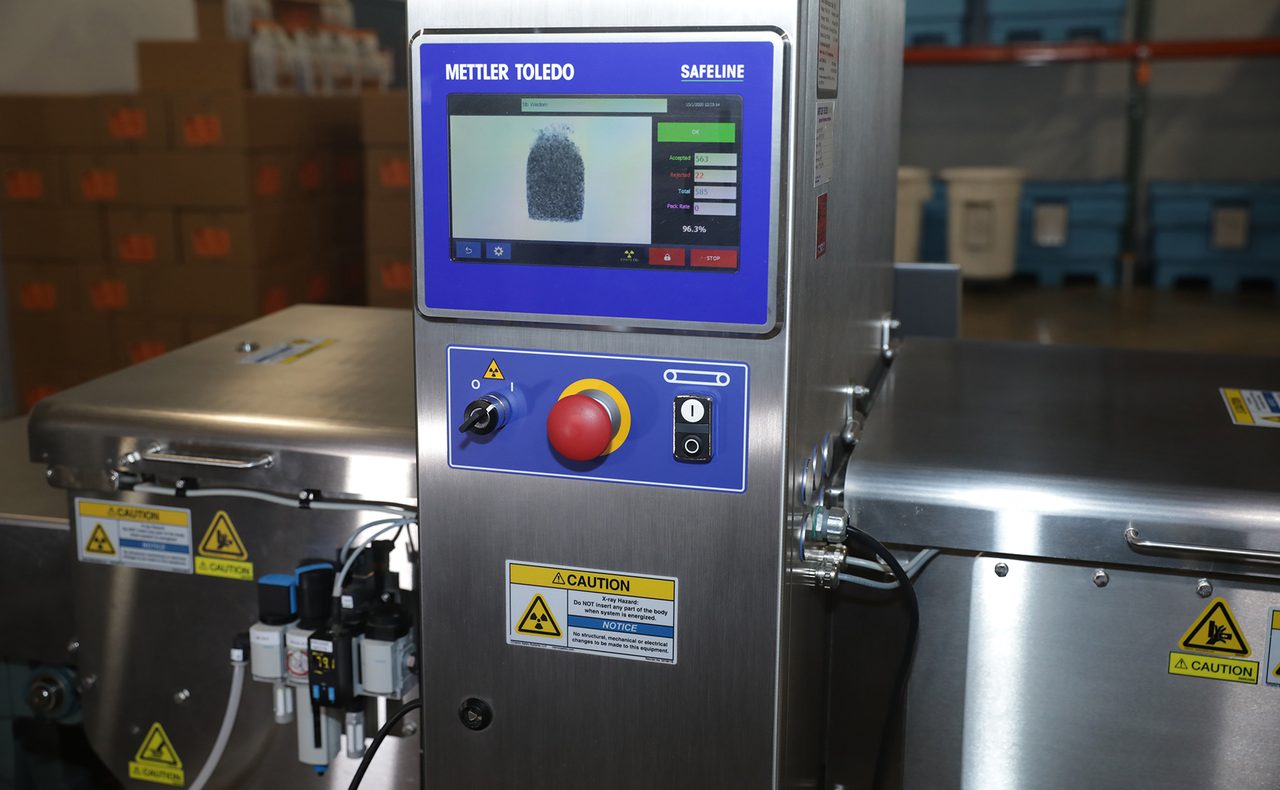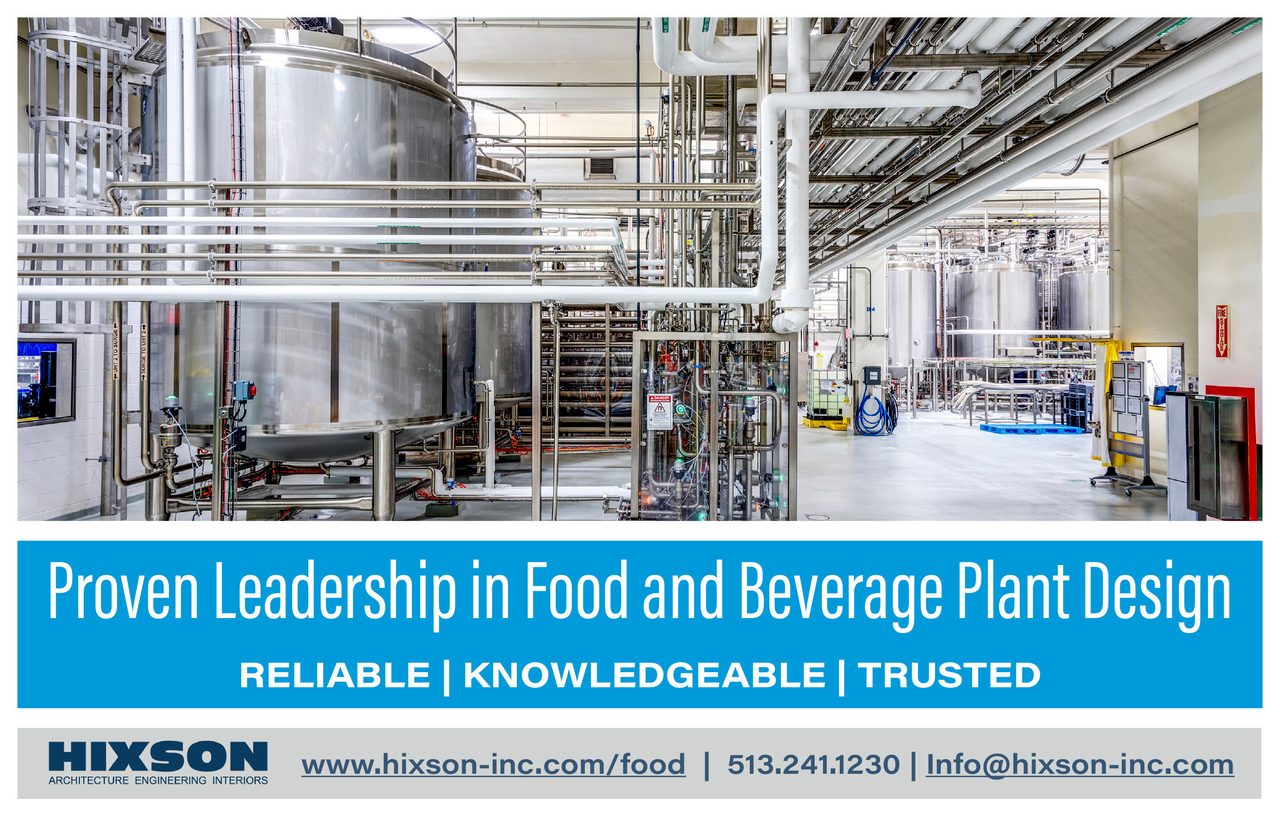Ingredients
Pet Food
Managing
From standards to testing to certificates of analysis, the ingredients in pet food must be managed to the same standard as human food
New product development in North American pet food, treats and supplements was down 28% in 2020 compared to the prior three-year average, according to Innova. Despite fewer products having been introduced to the market, however, there was no shortage of innovation in the pet category.
According to international taste and nutrition company Kerry, a review of more than 1,800 products introduced into the North American pet food market in 2020 revealed these four key trends: meaningful mealtime, primal proteins, the calming effect and meaty mix-ins.
For many of today’s pet owners, just serving up Fido’s food in a bowl is not enough. Consumers want their pet’s
mealtime to move from mediocre to meaningful. And from meaty mix-ins to a bone broth in an aluminum can that
allows pet owners to share a “brew” with their furry friend, pet food companies have been up to the task of meeting consumer demand.
Sharon Spielman, Senior Editor
Photo courtesy of Getty Images/humonia
Additionally, these manufacturers can build on this trend by using functional ingredients to support digestive health and boost immunity.
The bottom line is this: no matter the ingredients, pet food manufacturers must manage them.
According to Pat Tovey, director of technology and regulatory compliance at the Pet Food Institute (PFI), U.S. pet food makers use a variety of ingredients to create dog and cat food recipes that both offer complete and balanced nutrition and provide for consumer choice.
“In first-of-its-kind research, PFI partnered with the Institute for Feed Education and Research (IFEEDR) and the North American Renderers Association (NARA) to better understand ingredient usage in pet food. By looking through year-long sales, research found that pet food makers used 8.65 million tons of animal- and plant-based ingredients for dog and cat food, at a value of $6.9 billion,” he says.

“By looking through year-long sales, research found that pet food makers used 8.65 million tons of animal- and plant-based ingredients for dog and cat food, at a value of $6.9 billion.”
— Pat Tovey
The research also shows that farmers and ranchers purchase roughly $5.3 billion in materials and services from farm suppliers, who purchase roughly $4.1 billion in inputs from other industries. Additionally, pet food manufacturers use roughly 8.65 million tons of animal- and plant-based ingredients, with more than 500 ingredients used in dog and cat food.
Setting standards
Tovey says some people may not realize that pet food is one of the most highly regulated food products in the U.S. “This includes regulations at the federal level and at the state level,” he says. The FDA regulates both finished pet food products (including treats and chews) and their ingredients. Federal requirements include FSMA, which requires pet food makers identify and analyze possible hazards in the food manufacturing practice and implement controls to mitigate for critical incidents.
“These are called ‘preventive controls,’” Tovey says. “For example, this could include using heat treatment—cooking to a certain temperature—to control for salmonella. In a pet food maker’s food safety plan, they must identify hazards and then identify and implement programs to control them.”
Tim Lombardo, senior director at EAS Consulting Group, Food Consulting Services, adds that all ingredients used in the manufacture of pet foods must be safe as well as have an appropriate function in the pet food. Since 2016, a new FDA regulation was implemented specific to the manufacture of pet foods and their ingredients.

“It is important to be aware of and be compliant with pet food labeling requirements. Pet food labels are regulated at the federal level as well as state level.”
— Tim Lombardo
He says this regulation (21 CFR 507: Current Good Manufacturing Practice, Hazard Analysis, and Risk-Based Preventive Controls for Food for Animals) requires the following:
• Implement good manufacturing practices that include requirements for employees, facility design, equipment upkeep and maintenance
• Identify and evaluate biological, chemical and physical hazards that may be associated with the foods as well as implement procedures, referred to as preventive controls, to address those hazards
• Develop and implement a food safety plan; develop, in some cases, a recall plan.
• Comply with other FDA regulations such as the Foreign Supplier Verification Program and Sanitary Transportation Rule
Additional regulations are also in place to ensure minerals, vitamins, preservatives, flavors, and colors are safe for consumption by our pets, Lombardo says.
Beyond federal requirements, pet food also is regulated at the state level, Tovey says. “Nearly all states require products sold therein to be registered, and for their labels to adhere to strict requirements regarding product names and ingredients. As part of this process, an organization called the Association of American Feed Officials (AAFCO), consisting of state regulatory officials, develops a model bill and regulations for pet food that states can adopt into their respective state commercial feed laws. This includes setting definitions for pet food ingredients, as well as guidelines for marketing claims such as ‘human grade’ or ‘natural,’” he says.
Lombardo agrees. “It is important to be aware of and be compliant with pet food labeling requirements. Pet food labels are regulated at the federal level as well as state level. Many of these regulations are based on a model provided by AAFCO.”

Pet food is one of the most highly regulated food products in the U.S. During a regular FSMA inspection, manufacturers may be asked to share their food safety plan to demonstrate their adherence to food safety practices. Photo courtesy of Getty Images/ArtCookStudio
Enforcement
When it comes to enforcing the standards, Lombardo says when a product is in question, the FDA’s first priority is to determine if a product recall and public notification is warranted. Beyond that, the FDA has the authority to conduct a number of actions: advisory, administrative and/or enforcement. He says that advisory actions are in the form of a warning letter. “Warning letters are the FDA’s principal means of notifying an organization of violations. Firms receiving a warning letter must respond with a corrective action plan within 15 days.”
Administrative actions typically (but not always) start with a facility inspection. “If food safety violations are determined, the organization may receive an FDA Form 483. Other administrative actions include FDA mandated recall, import refusal, suspension of a food facility’s registration, as well as disbarment and disqualification of the facility or company,” Lombardo says. Enforcement actions will involve legal actions to include product seizure, injunction order, and even criminal prosecution.
Tovey adds that from a regulatory perspective, it is commonly a state department of agriculture official who may pull a product from store shelves to verify accuracy of label claims, test for pathogens and ensure nutritional compliance. “In addition, pet food makers must have a written food safety plan documenting how they account for any known and foreseeable safety hazards in their manufacturing process. During a regular FSMA inspection, pet food makers may be asked to share their food safety plan to demonstrate their adherence to food safety practices,” he says.
Beyond food safety, pet food makers will set various product specifications based on their formulations, target market or price point. These specifications may include factors such as a specific nutritional content, exact part of a plant- or animal-derived ingredient used, or physical quality standards, such as color or shape, Tovey says.

Pet food makers must have a written food safety plan that documents how they account for any known and foreseeable safety hazards in their manufacturing process. Photo courtesy of Getty Images/Sanjagrujic
The company’s ProdX software automatically collects the critical inspection process data in one location, reducing the need to interact directly with the critical control points (CCPs) on the factory floor.
Sanchez says the software helps customers in five critical areas:
• Recordkeeping for compliance: The software provides the ability to track incidents (rejects, alarms and warnings), and document a corresponding reason and corrective action for compliance with safety legislation.
• Productivity: The software offers a centralized product set-up and changeovers, which reduces operator errors, shortens set-up time and increases production uptime.
• Quality: The dashboard monitor provides early warning indication of key inspection process issues.
• Security: Event monitoring tracks device alarms, events and changes for process security. Robust user management means only authorized personnel have access to critical product and production information.
• Clarity: Graphical user screens use machine state status icons, active reject monitoring by device and comprehensive reporting capabilities to ensure customers have complete clarity of their product inspection program.
For more information, visit Mettler-Toledo, Product Inspection at www.mt.com/pi.
This X-ray system checks products at the end of the line for contaminants, proper weights and proper labeling. Photo courtesy of Mettler-Toledo Product Inspection

GF metal detection systems can be supplied with an integrated test facility. “This optional feature provides an efficient means of testing metal detector performance and reject diverter operation,” Sanchez says. The Integrated test facility enables a test sample to be introduced without interrupting production. “The Integrated test grid ensures test samples are collected easily after routine performance monitoring and performance verification procedures.”
In addition to the manual integrated test facility, the company has introduced its automatic test system (ATS), which ensures tests are conducted consistently, every time, for multiple metal types to improve process quality. Performance testing can be completed in less than 30 seconds.
ATS is a self-contained unit consisting of either three or four tubes with integrated metal test samples. “With a simple push of a button, the test sample shuttles are passed through the aperture in succession in a controlled manner. Worker safety is improved by removing the need for a line operator to manually drop a test sample through the aperture, which often requires working at height or stretching across other production line equipment,” he explains.
The biggest challenge for M-T’s pet food customers is how they can meet compliance requirements from both our end users and regulatory agencies. “When this question comes up,” Sanchez says, “we work with our customers and explain that to comply with the latest regulations and quality standards, it is no longer sufficient to rely on paper-based record keeping processes. Many major retailers now insist that records are stored electronically so they can be archived and searched in the future.”
This dashboard monitor on a GR system provides early warning indication of key inspection process issues. Photo courtesy of Mettler-Toledo Product Inspection

Instrumentation for detection
To ensure pet food ingredients are free from foreign materials, metal detection and X-ray systems are used. “Ensuring ingredients are free of these prior to further processing saves money as no further value is added to the product,” says Camilo Sanchez, product line manager, metal detection, Mettler-Toledo Product Inspection. There is also instrumentation that checks products at the end of the line for contaminants, proper weights and proper labeling.
Incoming ingredients are transported via pipes. The meat slurry, paste and other liquids are fed through a pipeline metal detector to automatically remove metal contaminants. X-ray systems designed for bulk applications can remove stone and glass as well as metal, Sanchez says. “We offer systems specifically designed for these types of ingredients that exhibit a ‘product effect,’ whereby the signal in the product can affect the sensitivity. Using multi-simultaneous frequency, this challenge is overcome with virtually no false rejects. We also offer pipeline x-ray systems that can also remove other dense material, including calcified bone.”
When it comes to inspecting ingredients, Sanchez says that many of their customers use gravity fall metal detectors. “Gravity fall systems, known as GFs, are designed to deliver best-in-class product quality and total peace of mind for our customers,” he says. GF systems inspect free falling powdered and granular products for metal contamination, and they run high inspection frequency and sophisticated electronic filtering techniques. “When combined, these deliver the ultimate in metal detection sensitivity within the product flow,” he says.
On detection of metal, a fully automatic high-speed reject device diverts the contaminated product, isolating it from the main product flow. Sanchez says the combination of maximum detection capability, efficient rejection systems and new technology to optimize performance-testing leads to increased operational efficiency, maximized profitability and easier compliance with both industry standards and regulations.
When asked about the biggest challenge when it comes to managing pet food ingredients, Lombardo says, “In my opinion, the biggest challenge to managing pet food ingredients is implementing a robust supplier quality and food safety program. Oftentimes, manufacturers will assume that the ingredient supplier is doing ‘all the right things, in accordance with the regulations.’ This is not always the case. And, if an issue with a pet food ingredient results in a product recall, the pet food manufacturer’s brand, being the most recognizable, takes a big hit with the public.”
Tovey adds that there are many challenges that pet food makers face when managing ingredients on a day-to-day basis, such as supply chain issues or ingredient shipments. “However,” he says, “the biggest and undoubtedly the most important challenge is caring for pets. The first and foremost commitment of Pet Food Institute members is to make safe pet food for America’s dogs and cats. It is through the careful food safety planning, working with trusted ingredient suppliers and strong regulatory framework that pet food makers work to meet this important requirement.” FE
Visit Food Engineering's website for a Q&A with Northwest Natural's Amy Snell on setting quality standards for pet food ingredients.

